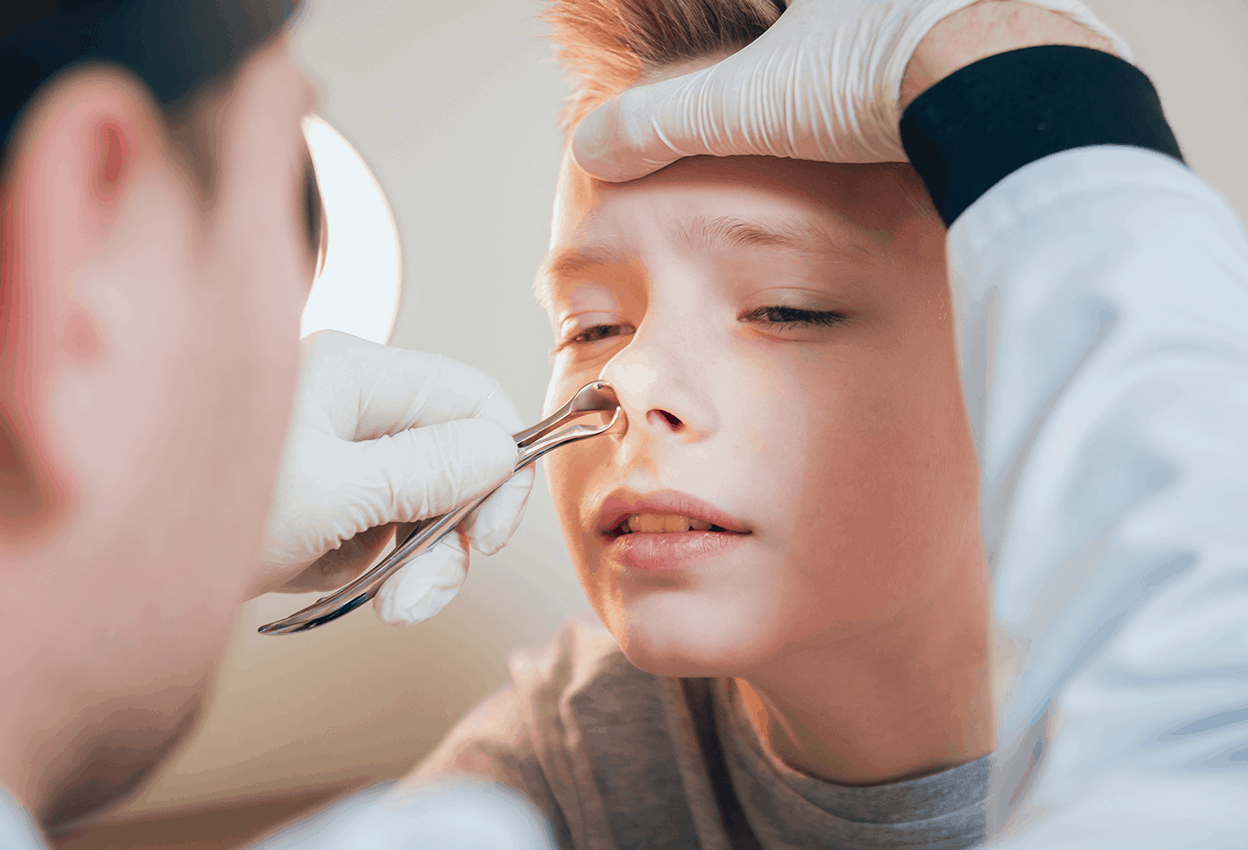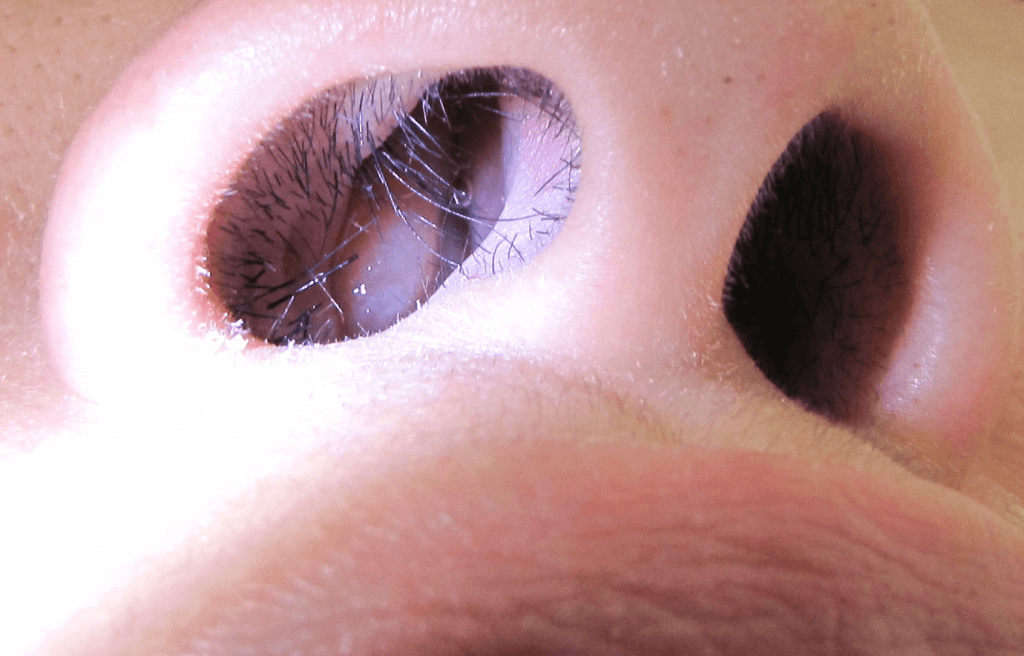Ideal Info About How To Detect Nasal Polyps

You’re more likely to get nasal polyps if you have.
How to detect nasal polyps. Elevating the head while sleeping can help to reduce the sensation of fullness and promote better sinus drainage. A gp should be able to tell if you have nasal polyps by looking inside your nose. They are found under your eyes, behind your cheeks.
A diagnosis of nasal polyps starts with symptoms, a medical history and a physical exam. Ctscans can show the size. Start new search about causes diagnosis treatment next steps what are nasal polyps?
Sneezing postnasal drip runny nose facial pain trouble with sense of smell loss of taste itching around the eyes infections the most common symptoms are a runny, stuffy, or. They're usually oval in shape and may look a little like peeled grapes. If you have nasal polyps, you'll usually be given steroid nose drops or a spray to shrink the.
Tests to diagnose nasal polyps might include: According to the american college of allergy, asthma and immunology, nasal polyps are growths that develop in the lining of the sinus or. Nasal polyps are fleshy growths inside your nose.
Nasal polyps ( np) are noncancerous growths within the nose or sinuses. Symptoms include obstruction and postnasal drainage, congestion, sneezing, rhinorrhea, anosmia, hyposmia, facial pain, and ocular. Snoring loss of sense of smell or taste sinus pressure postnasal drip small, benign polyps are typically not sensitive to the touch or prone to bleeding.
[1] symptoms include trouble breathing through the nose, loss of smell, decreased taste,. Nasal polyps are strongly associated with.
By the manual's editorial staff reviewed/revised aug 2022 | modified sep 2022 view professional version get the full details what are nasal polyps? Much like the endoscope used to diagnose nasal polyps, the surgeon will use a thin, flexible tube with a light and instruments at the other end. To diagnose nasal polyps, a healthcare provider will start with a physical examination.
How doctors diagnose nasal polyps. Nasal polyps are painless growths inside the nose or the hollow areas inside the bones of the face, also known as sinuses. Congestion headaches runny nose decreased sense of smell decreased sense of taste postnasal.
In addition, using a saline nasal rinse regularly can help to clear. Nasal endoscopy.this involves using a narrow tube with a lighted lens or tiny camera to look at the inside of the nose. The lining of your sinuses is the same as the lining of your nose, so this is why nasal polyps can also form.






-1920w.jpg)











